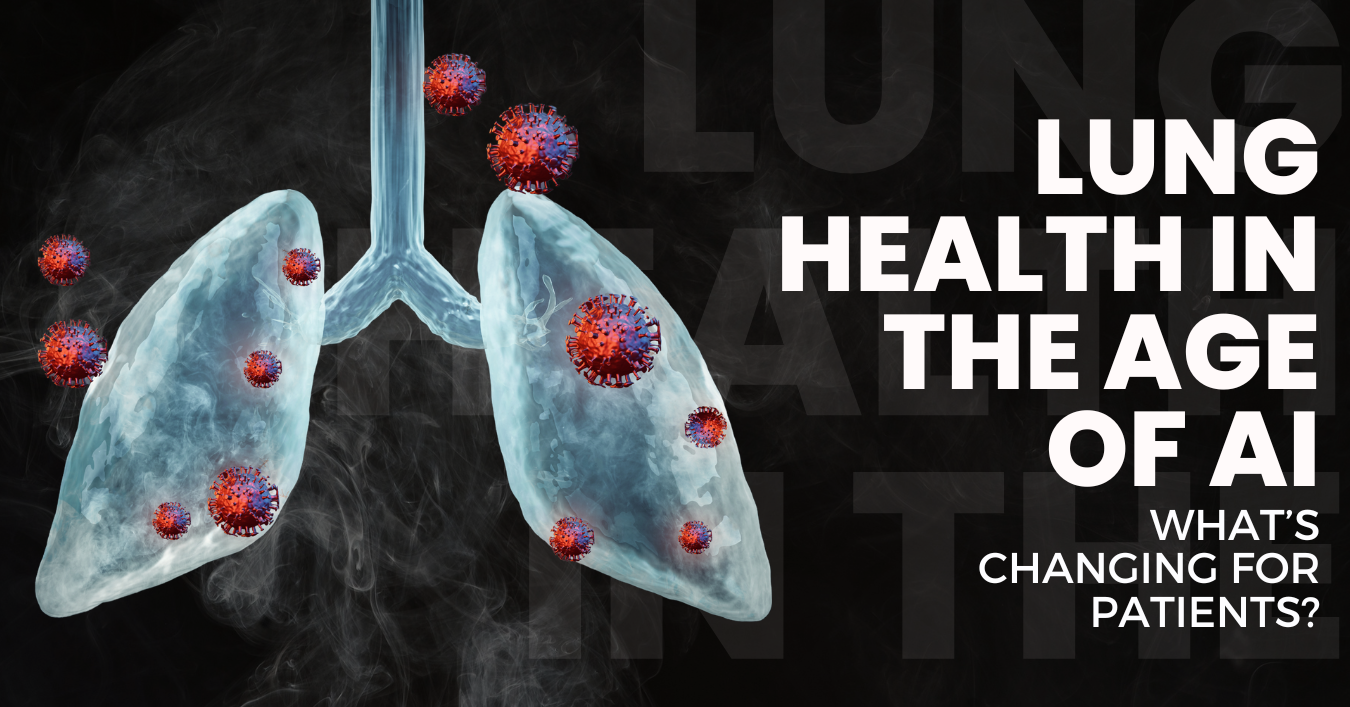
Artificial Intelligence (AI), particularly deep learning (DL), is reshaping the future of lung disease diagnosis, monitoring, and treatment. In the complex realm of pulmonary fibrosis, COPD, and interstitial lung diseases, deep learning algorithms are enabling physicians and researchers to detect conditions earlier, monitor progression with unparalleled accuracy, and fast-track therapeutic breakthroughs.
The introduction of AI-powered imaging technologies is revolutionizing how respiratory diseases are understood and managed, empowering clinicians with predictive insights that improve both short-term and long-term patient outcomes.
Idiopathic Pulmonary Fibrosis (IPF) remains one of the most elusive and devastating lung diseases in modern medicine. Characterized by chronic, progressive scarring of the lung tissue, IPF gradually reduces the lungs’ capacity to transfer oxygen to the bloodstream, leading to breathlessness, fatigue, and a deteriorating quality of life.
The heterogeneous nature of IPF—where some patients decline rapidly while others stabilize for months or years—complicates treatment strategies. Current methods, including high-resolution computed tomography (HRCT) and spirometry, provide limited foresight into disease progression.
However, with the application of AI in lung imaging, especially through convolutional neural networks (CNNs), it's now possible to map and predict disease patterns with unprecedented precision.
Traditional diagnostic tools rely heavily on visual analysis of HRCT scans, which can be subjective and time-consuming. Deep learning transforms these static scans into dynamic, data-rich sources of actionable insights.
Key benefits of AI in lung imaging include:
By incorporating these variables into a comprehensive disease profile, AI helps clinicians make faster, more informed decisions about treatment plans and interventions.
Clinical trials in lung diseases—particularly those involving fibrotic conditions—often face major hurdles including slow patient recruitment, inconsistent imaging interpretation, and lengthy data analysis periods. Deep learning overcomes these barriers by introducing automation, precision, and scalability into every phase of the trial lifecycle.
This results in faster drug development timelines, reduced trial costs, and most importantly, quicker patient access to life-saving medications.
By making sense of complex, high-dimensional clinical data, AI empowers physicians to deliver truly personalized medicine. For patients suffering from chronic respiratory conditions, this translates into better-informed decisions and more targeted therapies.
Key improvements in patient care include:
The integration of AI in drug discovery is rapidly evolving from theoretical promise to real-world application. For biopharma companies, AI-driven models streamline every phase—from target identification and molecule screening to clinical validation and post-market surveillance.
Deep learning in pharmaceutical R&D delivers:
As a result, the traditional 10-15 year timeline for new drug approval is being significantly compressed, offering faster relief to patients in need.
Several major clinical trials and academic institutions have already adopted deep learning in their IPF and lung disease studies:
These case studies highlight the global momentum towards AI-enabled respiratory care and its broad applicability across diseases, demographics, and geographies.
While the promise is undeniable, the adoption of deep learning in lung health comes with inherent challenges:
Only by addressing these hurdles through cross-sector collaboration—involving tech firms, regulatory bodies, hospitals, and research institutes—can AI’s full potential in respiratory medicine be realized.
AI is not just a technological tool—it is a paradigm shift in how we diagnose, treat, and understand lung disease. By empowering healthcare providers with precise insights and predictive capabilities, deep learning is enhancing every step of the respiratory care continuum.
From accelerated drug development to improved patient experiences, AI is setting the stage for a more responsive, data-driven, and effective healthcare system—one that truly meets the evolving needs of patients in the age of advanced medicine.